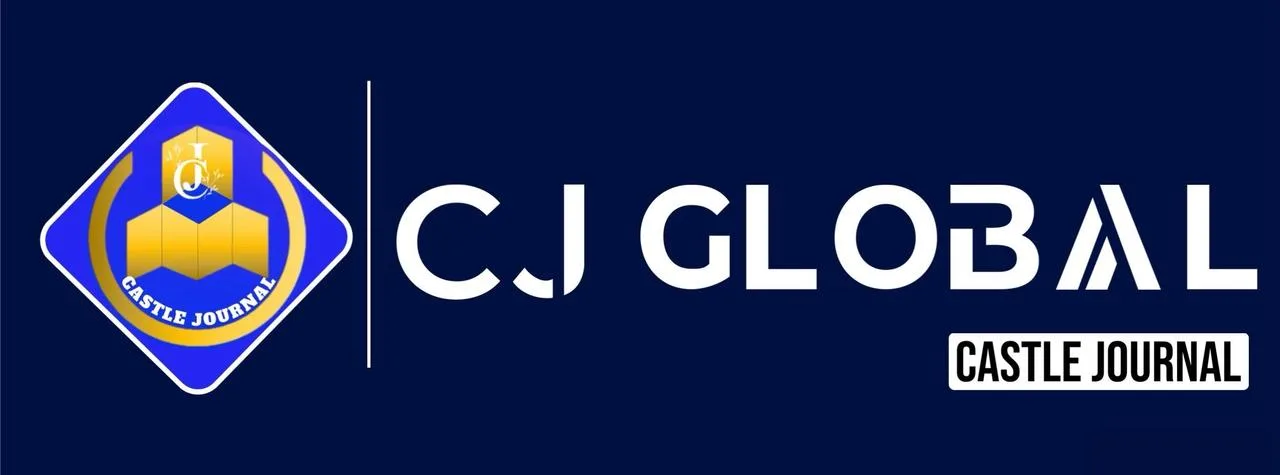The US-brokered peace framework for Gaza faces stiff backlashfrom key regional players.
On November 6th, Pakistan’s Foreign Minister publicly stated that the 20-point plan proposed by President Trump failed to align with the initial draft put forward by a coalition of eight Muslim-majority countries, including Saudi Arabia, Egypt, and Turkey.
The key sticking points are reported to be the coalition’s demand for a full, unconditional withdrawal of Israeli forces and the guaranteed recognition of an independent Palestinian state.
The most fragile element of the Phase One agreement, the initial withdrawal line (the “Yellow Line”), was tentatively accepted by Israel to allow the return of displaced Gazans.
However, the parallel prisoner swap, brokered in Cairo, involves deeply contentious numbers:
The release of up to 2,000 Palestinian security prisoners in exchange for the return of approximately 20 confirmed living Israeli hostages (plus the remains of around 28 deceased).
Hardline Israeli factions have explicitly threatened to oppose this exchange, viewing such concessions as undermining long-term security goals.
Further complicating matters, UN Secretary-General António Guterres insisted that any proposed international stabilization force for the enclave must receive formal authorization from the UN Security Council.
Simultaneously, the balance of executive power in Washington became a focal point for international trade policy.
The US tariff showdown reached the Supreme Court as justices heard arguments in a landmark case challenging the scope of the President’s emergency powers to impose sweeping, unilateral tariffs.
The justices reportedly expressed considerable skepticism regarding the idea of “unlimited and unreviewable” executive power in trade, a decision that could radically reshape global trade predictability for all exporters dealing with the American market.
Finally, an important geopolitical alignment was cemented as the Iranian Artesh Air Force Commander visited Minsk to meet with his Belarusian counterpart.
The discussions centered on expanding cooperation in air defense and electronic warfare, underscoring the ongoing process of non-Western nations strengthening their defense and technological alliances in response to sustained international pressure.
The convergence of these events suggests the world is entering a period defined not by clear growth but by heightened risk:
a technological bubble simultaneously driving both historic market highs and crushing lows, and a geopolitical map where major peace initiatives are immediately met with significant, organized dissent.
The pressure is now on governments and global institutions to navigate these converging currents of instability.
